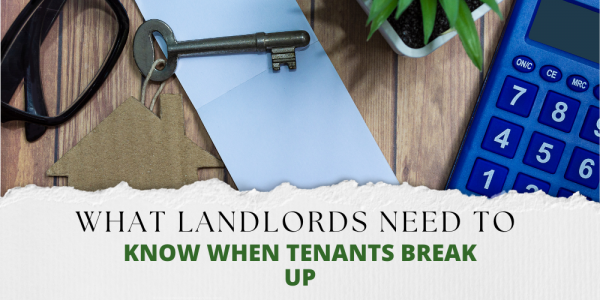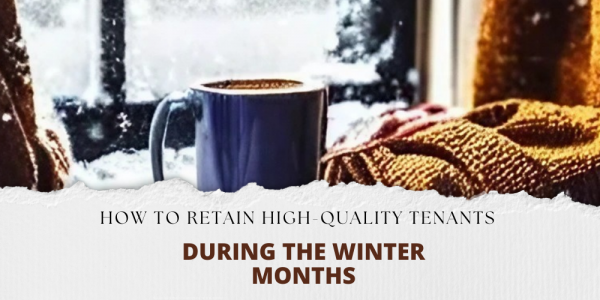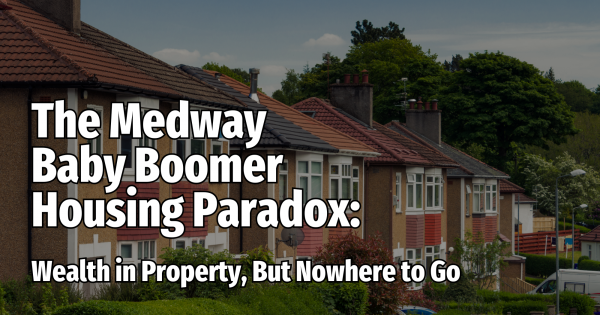CLICK HERE FOR YOUR FREE MEDWAY PROPERTY NEWSLETTER
The British are infatuated with owning their own property and politicians know that. Margaret Thatcher used it as a vote winner in 1979 when she allowed council house tenants to buy their own home. Coming to the present day, Boris Johnson’s Conservative government have anxieties that the Brits have not been buying nearly enough homes lately and, as with all countries in the world, the British property market was put ‘on ice’ for several months to help contain the Coronavirus, exacerbating the problem.
The Chancellor, Rishi Sunak, announced on Wednesday plans to boost the property market by momentarily scrapping Stamp Duty Tax (a tax paid by homebuyers) when they buy a property that costs less than £500,000.
Interestingly, Stamp Duty was originally introduced in 1694 as a way to raise funds for The Nine Years' War (1688–1697) against Louis XIV of France and applied to property and some legal documents.
Why is this important? Well the Government recognise that when the property market is working well, the economy also tends to work well, yet one of the barriers to people moving home is Stamp Duty. Even before Coronavirus, Brits were moving 40.21% less than they were at the start of the millennium, and now with this dreadful situation, the natural reaction is for people to stay put in their own homes, meaning another potential nail in the coffin for the economy.
Stamp Duty has raised not an insignificant £166.53bn since 1998, impressive when you consider the NHS costs £129bn per annum. Looking at more recent figures, the Government currently raise £1.045bn per month from Stamp Duty Tax and this statement will remove a good chunk of that from the Chancellors coffers each month, yet the Government knows a healthy property market will help the wider economy.
As Stamp Duty is a transaction tax, it restricts labour market mobility, making people who are thinking of switching jobs think twice before moving. Stamp Duty also holds back elderly homeowners from downsizing to smaller homes, which is an issue for the UK, as we don’t have enough homes to meet supply and also curtails first time buyers as it forces them to use some of the savings on the tax, as opposed to using for a deposit.
Before the changes, the Stamp Duty thresholds were as follows:
Zero percent up to £125,000
Two percent of the next £125,000 (the portion from £125,001 to £250,000)
Five percent of the next £675,000 (the portion from £250,001 to £925,000)
Ten percent of the next £575,000 (the portion from £925,001 to £1.5 million)
12% of the remaining amount (the portion above £1.5 million)
and between the 8th July 2020 and 31st March 2021
Zero percent up to £500,000
Five percent of the next £425,000 (the portion from £500,001 to £925,000)
Ten percent of the next £575,000 (the portion from £925,001 to £1.5 million)
12% of the remaining amount (the portion above £1.5 million)
Landlords and buy to let landlords will also benefit from these reduced rates yet will still have to pay their additional premium for second homes (as they have since April 2016).
To give you an idea how significant this is, if these rules had been in place exactly a year ago for Medway properties purchased under £500,000 (i.e. between the 8th July 2019 and 31st March 2020).
Stamp Duty would not have been paid on 2,413
Medway properties, worth in total £636,842,500
Anyone buying any home in Medway over £500,000 are also winners in this, as they will save having to pay the first £15,000 in stamp duty (under the old scheme). This is because during these 9 months, stamp duty is only paid on the difference over £500,000 (so if you buy a property for say £620,000 – one only pays the stamp duty on the difference between £620,000 and £500,000 i.e. £120,000).
I’m all for reducing Stamp Duty, which is imposed progressively at higher rates the higher a property costs (as you can see from the tables above). Yet, short-lived changes to property taxation risk warping the property market and generating a ‘property market hangover’ in Spring 2021. I am part of a group of 2,500 estate and letting agents from the UK, and most of us were running at 150% speed before this announcement, coping with the post Coronavirus explosion in demand.
Now it seems that the ‘feast’ will continue until the end of March 2021 as many more people will move to take advantage of the cut in tax. However, some are suggesting this could lead to ‘famine’ down the line as it will stop people moving into the late spring and summer of 2021.
History tells us different stories on the influence on transaction volumes from changing Stamp Duty rates. In 1991 the Tory’s raised the Stamp Duty threshold at which house buyers started paying and Gordon Brown did so in 2008 when we went into the Credit Crunch. More recently, both George Osborne and Philip Hammond fine-tuned Stamp Duty so that landlords had to pay an additional Stamp Duty Premium after March 2016 whilst first-time buyers pay less Stamp Duty and the purchasers of more expensive homes (over £1.5m) pay more.
One place for more information is my Medway Property Market blog. If you are a landlord or thinking of becoming one for the first time, and you want to read more articles like this about the Medway property market together with regular postings on what I consider the best buy to let deals in Medway, then it is well worth reading. You can also email me at spencer@docksidekent.com
If you are in the area feel free to pop into the office which is based at Station Road, Strood, Kent, ME2 4WQ
Don’t forget to visit the links below to view back dated deals and Medway Property News.
Click Here For Your Free Medway Property Valuation
Free Valuation - https://docksidekent.com/value-my-property
Blog – http://www.medwaypropertyblog.com/
Facebook – https://www.facebook.com/DocksideP/
LinkedIn– https://www.linkedin.com/in/spencer-fortag-medway/
Website – http://www.docksidekent.com/


 By
By 



Share this with
Email
Facebook
Messenger
Twitter
Pinterest
LinkedIn
Copy this link